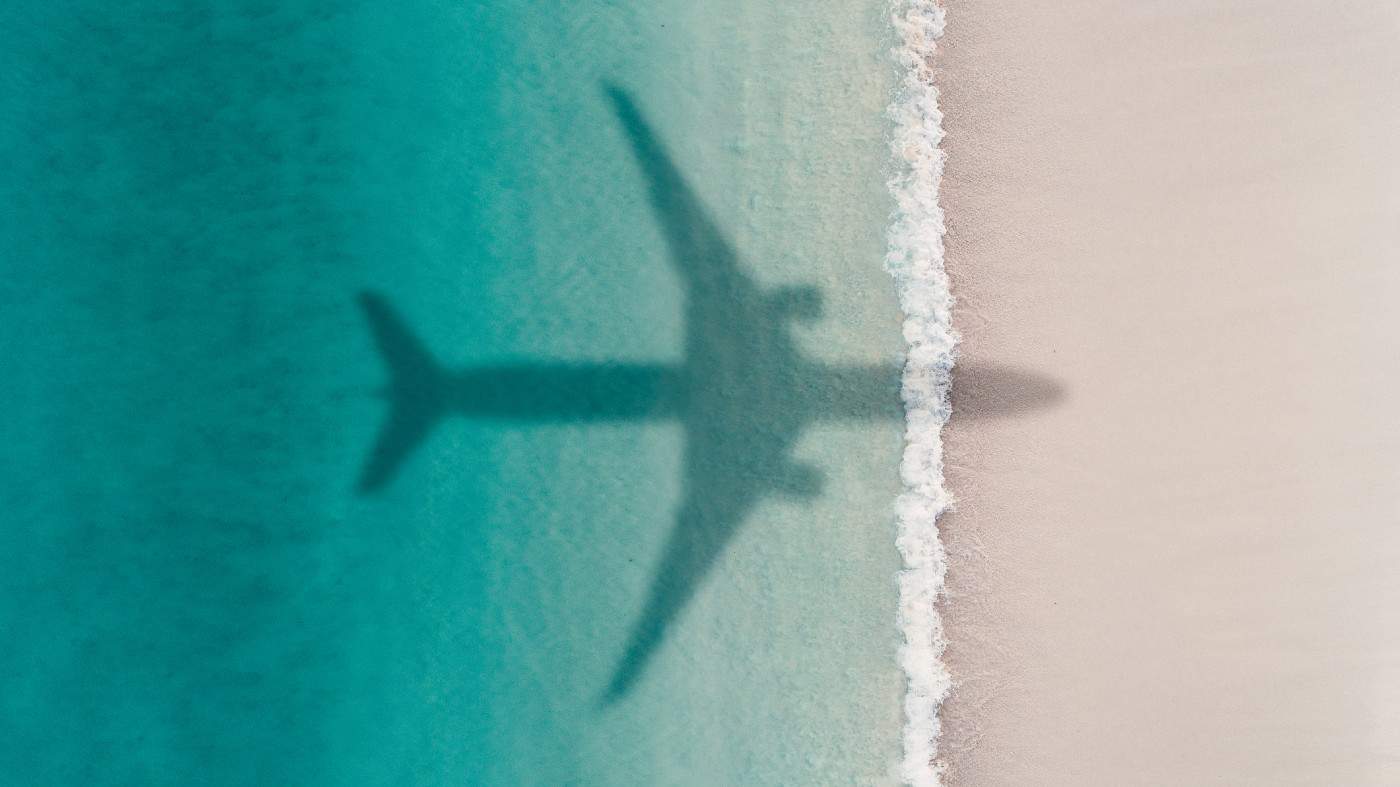I imagine 2021 is a year a lot of International Consolidated Airlines (LSE: IAG) investors wish they could forget. Things started off well enough in the first few months. The IAG share price had picked up by March on the first signs of a Covid-19 thaw. Optimism, if guarded, had started creeping back into our economic outlook.
The uptick turned out to be premature, and IAG shares ended 2021 down 10.8% over the full 12 months. But that simple fact hides an eventful year for the company and its shareholders.
Over the course of 2021, the IAG share price rocked from a high of 222p to a low of 106p (rounding to the nearest penny). That’s a horribly volatile ride in anyone’s books.
International Consolidated succeeded in boosting its balance sheet, in order to stave off the possibility of the international airline group going bust. But fears of a possible return to the markets for more cash were clearly at the back of many investors’ thoughts during the year.
Balance sheet resilience?
At the interim stage, with results released on 30 July, that particular boat looked to have been steadied. At the time, the company spoke of “strong liquidity of €10.2 billion at the end of quarter 2.” On top of other measures, bond issues had been over-subscribed, suggesting confidence from institutional investors. But at the same time, IAG revealed operating costs for Q2 of €190m per week.
The shares continued on down. A brief resurgence in September failed to hold its ground, despite November’s Q3 figures. Passenger capacity had recovered to 43%, which might not sound great. But that was a lot better than the 22% the company was running at in the second quarter. At the time, IAG was hoping to reach around 60% of 2019 capacity in the fourth quarter. What about cash operating costs? Up to €260m per week.
Still, the company had just reported at new £1bn credit facility, guaranteed for five years. It was down to an agreement with UK Export Finance (UKEF) and a syndicate of banks, and was in addition to the previous £2bn UKEF facility which was drawn on March.
IAG share price fall
But that still wasn’t enough to assure investors, at least judging by the IAG share price. The stock was already falling again before the Covid-19 Omicron variant raised its head. By mid-December, IAG shares were down around 125p, before a slight year-end uptick.
So where does it go from here? Well, initial doomsday fears raised by the Omicron variant have not come to pass, at least not yet. It’s probably too soon to play down the apparently less severe symptons it causes. But it appears clear that it’s too late to try to contain it using travel restrictions.
So we’re looking at a stable door situation, and bolting it was yesterday’s option. The subsequent easing of newly imposed travel sanctions has helped the IAG share price. Since the FTSE 100 opened its doors in 2022, to the time of writing on Friday afternoon, IAG shares have rebounded 12%. What will happen in 2022 is anybody’s guess, but Covid-19 will be a major factor for sure.
